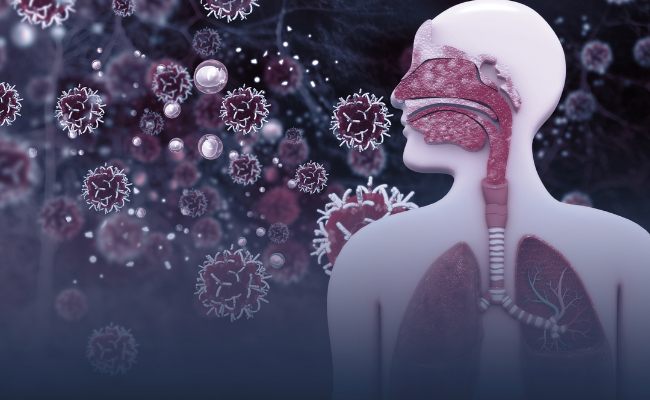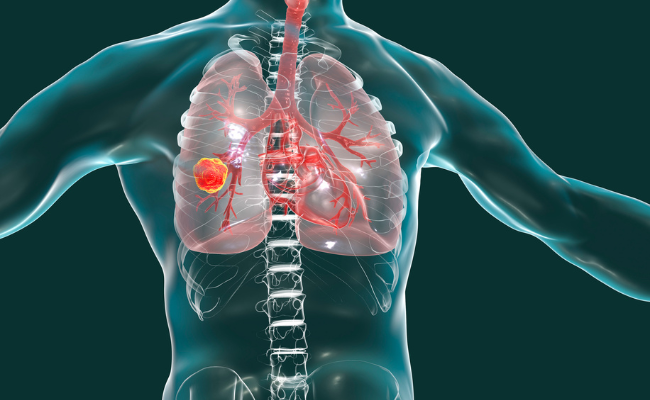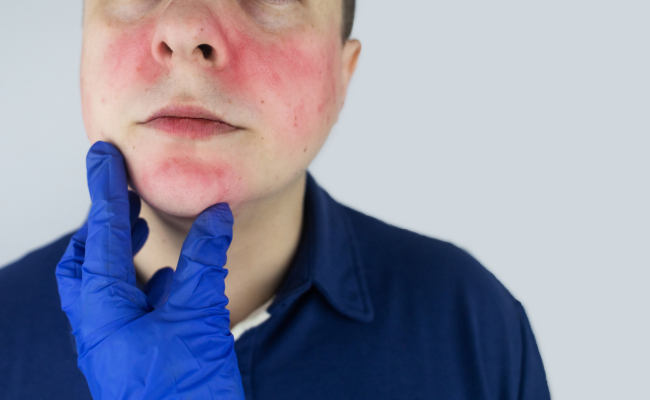How to Treat Pulmonary Oedema Acute?
- February 05, 2024
- No Comments
What is Acute Pulmonary Edema?
Acute pulmonary edema is a critical medical emergency marked by the excessive accumulation of fluid in the lungs, resulting in compromised gas exchange. This condition triggers a sudden onset of severe respiratory distress and poses a potentially life-threatening situation if not promptly addressed. Pulmonary edema manifests when there is an abnormal buildup of fluid in the air sacs of the lungs, impeding their capacity to efficiently oxygenate the blood. The abnormal accumulation of fluid in the lungs is termed "pulmonary edema," and it can manifest as shortness of breath, coughing up foam and loose mucus, wheezing, chest tightness, and difficulty breathing. Recognized as a life-threatening condition, pulmonary edema demands immediate medical intervention to ensure the best chance of recovery.
Why Does Acute Pulmonary Edema Occur?
Several factors can contribute to the development of acute pulmonary edema. The most common cause is heart failure, where the heart is unable to pump blood efficiently, leading to increased pressure in the pulmonary veins. This elevated pressure forces fluid out of the blood vessels and into the air sacs of the lungs. Other causes include severe infections, certain medications, high-altitude exposure, and inhalation of toxic substances.
How to Identify Acute Pulmonary Edema?
Recognizing the signs and symptoms of acute pulmonary edema is crucial for timely intervention. Common symptoms include:
- Severe Shortness of Breath: Patients often experience a sudden onset of extreme difficulty breathing.
- Rapid and Shallow Breathing: Due to the reduced ability of the lungs to exchange gases efficiently, individuals may exhibit rapid, shallow breaths.
- Coughing with Frothy Pink or Blood-Tinged Sputum: The presence of pink, frothy, or blood-tinged sputum is indicative of fluid accumulation in the lungs.
- Chest Pain or Discomfort: Some individuals may report chest pain or discomfort, often associated with the increased effort required to breathe.
- Anxiety and Restlessness: Patients may appear anxious and restless due to the distressing nature of the respiratory symptoms.
- Pale or Cyanotic Skin: In severe cases, inadequate oxygenation of the blood can lead to a pale or bluish discoloration of the skin, known as cyanosis.
Treatment Solutions for Acute Pulmonary Edema:
- Oxygen Therapy: Supplemental oxygen is administered to improve oxygen levels in the blood. This can be delivered through a mask or nasal cannula to ensure a high concentration of oxygen reaches the lungs.
- Diuretics: Diuretic medications, such as furosemide, are commonly used to promote the excretion of excess fluid through increased urine output. Diuretics help alleviate fluid overload and reduce the strain on the heart.
- Nitroglycerin: Nitroglycerin is a vasodilator that can help dilate blood vessels, reducing the workload on the heart and easing the pressure in the lungs. It is often administered under the tongue or intravenously.
- Positioning: Elevating the legs and maintaining an upright or semi-upright position can assist in reducing venous return to the heart, thus decreasing the pressure in the pulmonary vessels.
- Positive Pressure Ventilation: In severe cases, mechanical ventilation may be required to assist with breathing. Positive pressure ventilation helps push air into the lungs and supports oxygenation.
- Morphine: In some instances, morphine may be administered to alleviate anxiety and reduce the workload on the heart by promoting vasodilation.
- Treatment of Underlying Cause: Identifying and addressing the underlying cause of acute pulmonary edema is crucial. If heart failure is the primary issue, medications to improve heart function and address contributing factors may be prescribed.
Benefits of Timely Treatment:
- Improved Oxygenation: Prompt intervention with oxygen therapy and other treatments improves oxygen levels in the blood, preventing complications related to inadequate oxygen supply to vital organs.
- Reduction in Respiratory Distress: Diuretics and other medications help alleviate fluid overload, reducing the pressure in the lungs and easing respiratory distress.
- Prevention of Complications: Timely treatment addresses the root cause of acute pulmonary edema, preventing the development of complications such as respiratory failure, organ damage, and cardiac arrest.
- Enhanced Cardiac Function: Medications that target the underlying cardiac issues, such as vasodilators and inotropes, can improve heart function and reduce the risk of recurrent episodes.
- Increased Survival Rates: Early and effective treatment significantly improves the chances of survival for individuals experiencing acute pulmonary edema.
- Improved Quality of Life: By addressing the underlying causes and promoting optimal respiratory function, timely treatment contributes to a better quality of life for survivors, minimizing long-term respiratory issues and complications.











Comments (0)
No comments yet